Here’s what’s hot in the world of cruising right now
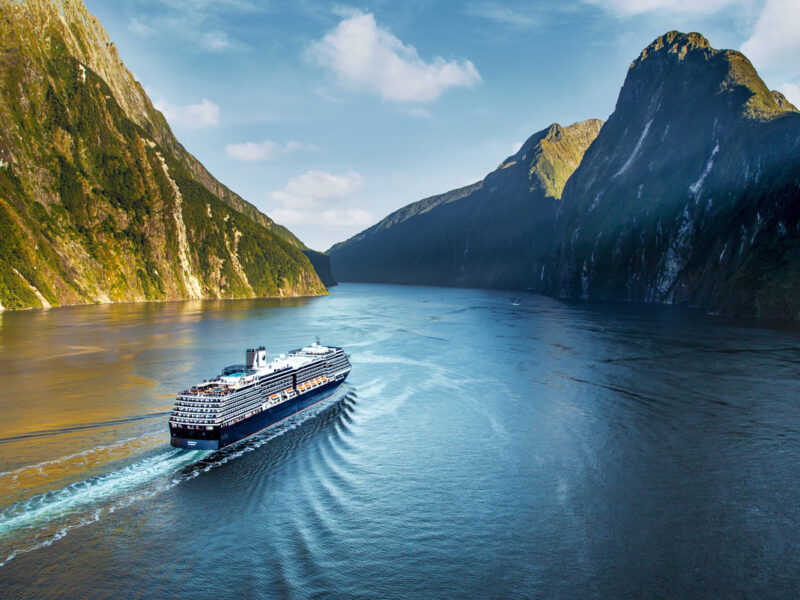
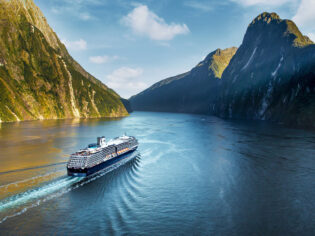
It seems everyone is getting onboard with cruising. We take a look at the top cruising destinations, and what the future of sailing our oceans, rivers and remote corners looks like.
When looking at the overview of cruising for the past year, there are some unfathomably large numbers to process. 10 billion: the number of US dollars invested into 11 brand-new ocean liners set to debut this year (such as the hotly anticipated Celebrity Xcel). Four million: the number of cruise ship passengers who stepped onto Aussie shores. And the most jaw-dropping figure of them all, 34 million: the total number of passengers who embarked on an ocean cruise, the largest cohort ever.
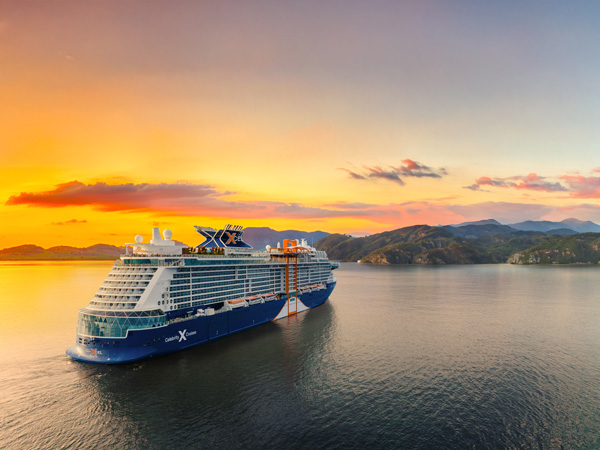
Celebrity Xcel will debut in November 2025.
These figures, as reported by Cruise Lines International Association (CLIA), point to a mammoth year in the world of cruising. Passenger numbers have smashed way past pre-pandemic records and, to borrow a Gen-Z catchphrase (who are, by the way, an unexpected sector of cruisers on the rise, but more on that later): We are so back. And although passenger levels have returned, cruising doesn’t look the same as it did pre-pandemic. Why? Because travellers’ tastes are evolving and continuing to transform the industry. Here’s how the tide is turning.
Entering uncharted waters: from the Arctic to Antarctica
Polar bears slinking across Svalbard Island. King penguins shuffling over Antarctic ice sheets. Galápagos tortoises shimmying through the mud. Not long ago, it felt like these things could only be glimpsed by research teams or via a David Attenborough documentary.
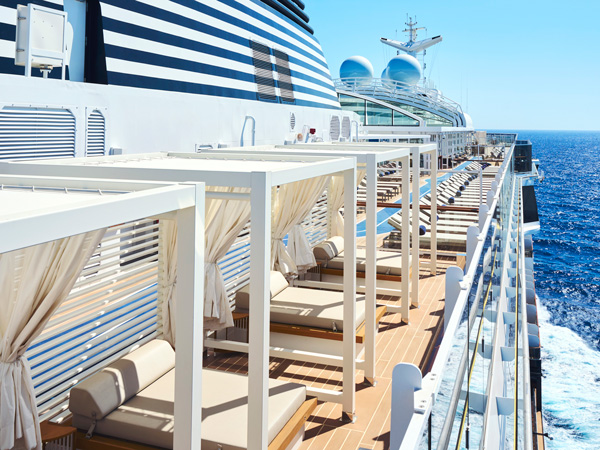
There’s no doubt that cruising is on the rise around the world. (Image: Ivan Sarfatti)
But that all began to change with the rise of expedition cruising, a category that has seen immense growth in the past decade, marked by a proliferation of purpose-built cruising vessels. In the mid-1990s, Antarctica saw 8000 visitors. In 2025, that number has ballooned to 124,000, with most people arriving via cruises departing from South America.
Expedition cruising opens some of the planet’s most remote and hard-to-reach places. It’s no wonder this sector has surged, with a 150 per cent increase in passengers in the past year alone, as reported by CLIA. But as environmental awareness grows and access expands, expedition cruising is becoming about more than just travel.
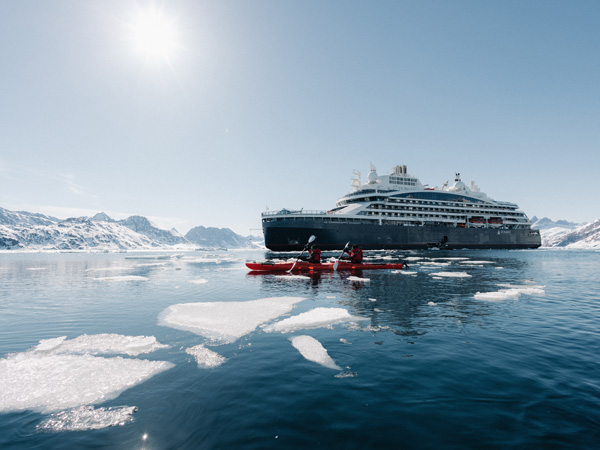
French operator Ponant explores the remote reaches of Antarctica. (Image: Daniel Ernst)
Cruise lines such as HX Expeditions are a crucial support for scientific research, providing transportation and dropping off resources to remote research stations. Cruise lines are also pulling off impressive navigational feats; French cruise ship operator Ponant is set to achieve a milestone with luxury icebreaker Le Commandant Charcot making a full circumnavigation of Antarctica on an upcoming itinerary, the first cruise vessel to make the grand pole-to-pole journey. Faraway destinations may be getting closer in reach than ever, but the bar still manages to be raised ever higher.
How cruise operators are taking luxury to another level
Champagne breakfasts, tuxedoed butlers and Michelin-level meals: an increasing number of cruisers are opting for the glamorous life onboard. Since 2010, the global fleet of high-end ships has tripled, with 1.5 million travellers expected to board a luxury cruise by 2028. This surge in demand has fuelled a rise of new players in luxury cruising and a spate of ship debuts. For instance, Explora Journeys began operations in 2023 with a single ship, EXPLORA I; by 2028, the brand is set to command a six-strong fleet.
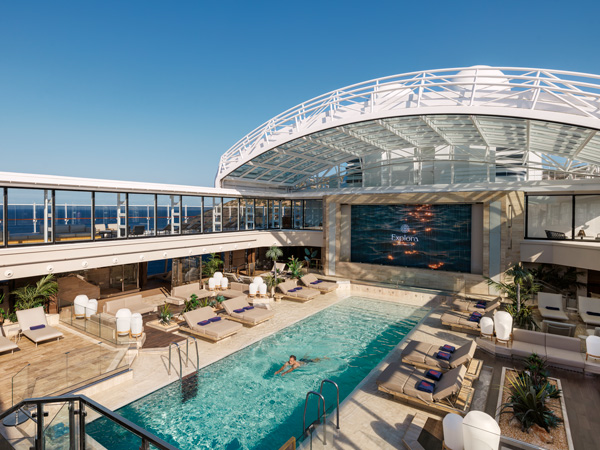
EXPLORA II joined the fleet in 2024. (Image: Rupert Peace)
‘Luxury cruise’ may call to mind sun-kissed days on the Med. And while it’s an ever-enduring destination (one in six cruisers visited last year), there’s a growing appetite to explore new, more intrepid horizons. Aqua Expeditions launched its sixth vessel, Aqua Lares, East Africa’s first superyacht to offer both private charters and suite bookings. Lares joins Aqua Expeditions’ fleet, which frequents the Galápagos and Peruvian Amazon.
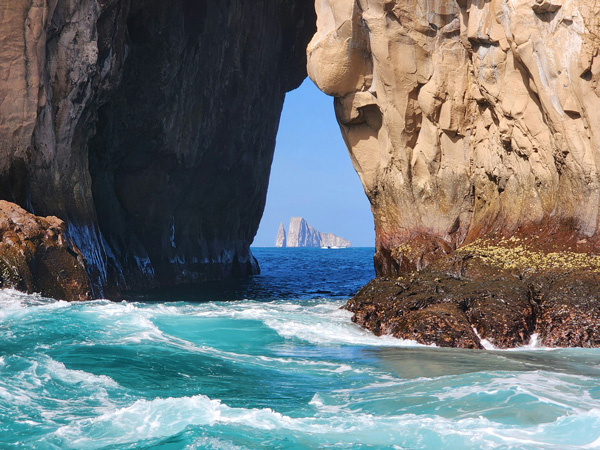
See the Galápagos with Aqua Expeditions. (Image: Unsplash/Nicolas Martin)
Cruisers are also staying in the luxury bubble for longer and opting for more ambitious itineraries. Off the back of the success of round-the-world voyages, Regent Seven Seas Cruises has broken the record for the most expensive cruise suite ever. You’ll need deep pockets for the Regent Suite onboard Seven Seas Splendor on its 140-day World of Splendor cruise departing in 2027 – a whopping $2.5 million to be precise.
Is there a new generation of cruisers on the rise?
The profile of the typical cruiser is also changing, with the average age dropping to 46.5 this year from 50.4 in 2019. A younger vanguard of travellers is taking to the ocean, challenging the perception that cruising is relegated to the realm of retirees. In fact, CLIA reports that more than a third of cruisers are under 40. And, by the looks of it, they’re the life of the party, too: Gen X and millennials are the most enthusiastic cohort about taking a cruise again.
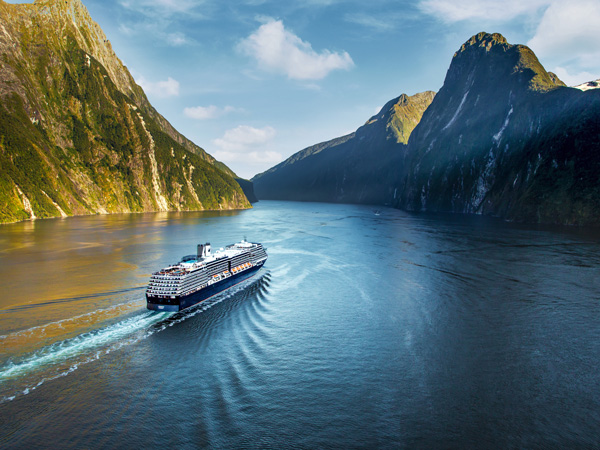
According to CLIA, more than a third of cruisers are now under the age of 40.
Cruise lines have been trying to tap into younger markets for years now, with Virgin Voyages shaking up the stereotype with its adults-only party-fuelled sailings and onboard entertainment that swaps bingo for innuendo. Its success has illustrated that there is demand for cruise offerings that cater to different age demographics and travel styles.
Case in point – luxury land tour and cruise operator Tauck has just announced a new brand that will launch in 2026: Roam by Tauck. The new sister brand is directed at travellers in their forties and fifties, with a focus on more active and flexible itineraries.
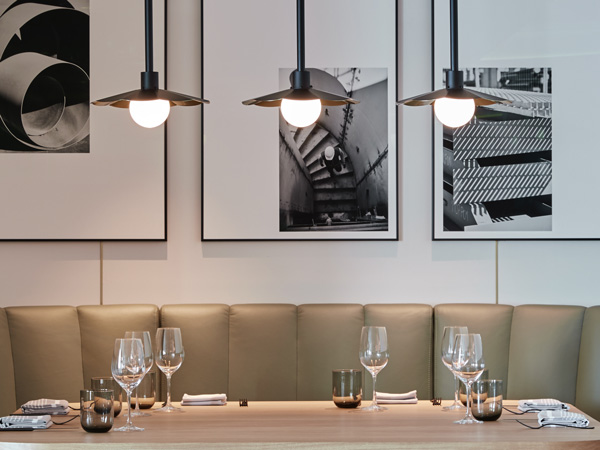
Virgin Voyages is appealing to an increasingly younger audience.
Brands like Holland America Line know their crowd, enlisting former talk show queen Oprah Winfrey as ambassador. But lines like Norwegian Cruise Line and Carnival Cruise Line have recruited the likes of Pitbull and Shaquille O’Neal, appealing to a much younger crowd. Royal Caribbean has also been courting millennials and Gen Z-ers with shorter sailings that lean into the party vibe onboard the new ship Utopia of the Seas. So far, it’s working: Royal Caribbean revealed that almost half of its guests are millennials or younger.
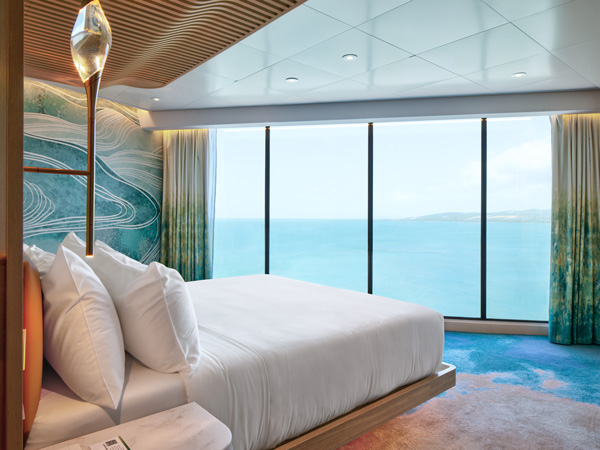
Relax in your Solarium Suite after a night of fun onboard Utopia of the Seas. (Image: Michel Verdure)
The average age onboard has been weighed down in part due to the 16 per cent of passengers under 20 that sail as part of multigenerational groups. CLIA reports that multigenerational travel is maintaining steady popularity, with 28 per cent of groups onboard comprising three to five different generations. The influx of younger passengers and the declining average age is a sign it’s not just the industry that’s changing – its perception is, too.






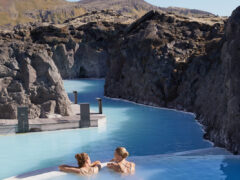
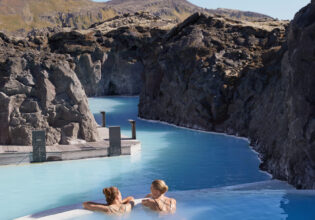


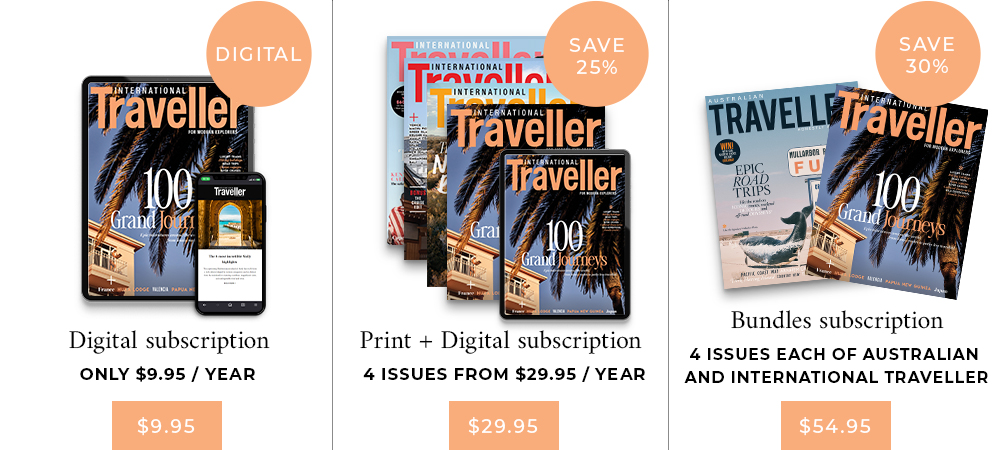

LEAVE YOUR COMMENT